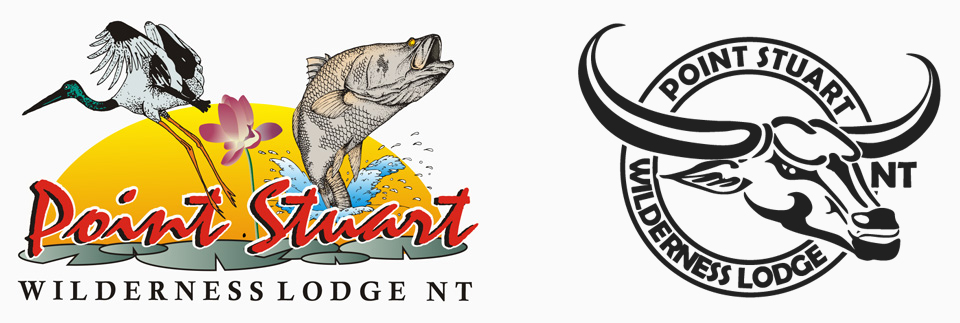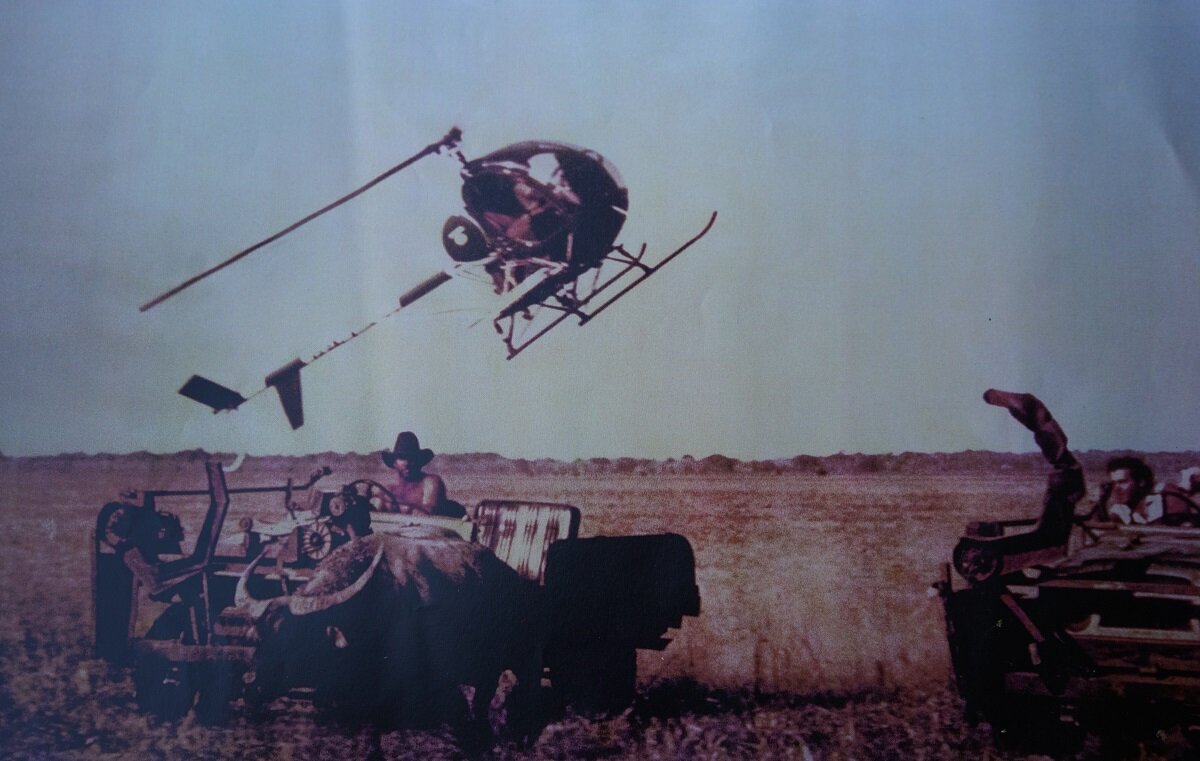An early establishment
Point Stuart Wilderness Lodge has a chequered history. A history of a wild, untamed land and iconic visionary people. Stories that are part of Territory folklore. The time of crocodile and buffalo hunters, where they roamed as far as the eye could see. An adventure for the courageous on the frontier land of cyclones, monsoonal rains and sweltering heat..
A Territory Icon
A true icon of the Top End is the Asian Swamp Water Buffalo. It was first introduced to Australia’s mainland from 1828 to 1849, mainly to the Coburg Peninsula, along with British colonisation of the Top End. The objective was to allow them to breed and act as beasts of burden but also provide meat and milk. Those first European settlements didn’t last long, but the Buffalo did. They thrived and spread. Eventually inhabiting most of the Top End’s remote landscape, particular the vast coastal wetlands and swamps.
By the Late 1800’s horns were being exported and even hunting as a game sport had evolved. Throughout the early 1900’s an industry was born and the trade of Buffalo meat, skins and horns was thriving. This attracted many ‘larger-than-life characters’ to venture north to make their fortune. Hunting these huge bovines was mainly from horseback. Riding up alongside and shooting them in the spine. Commonly with .303 riffle.


















